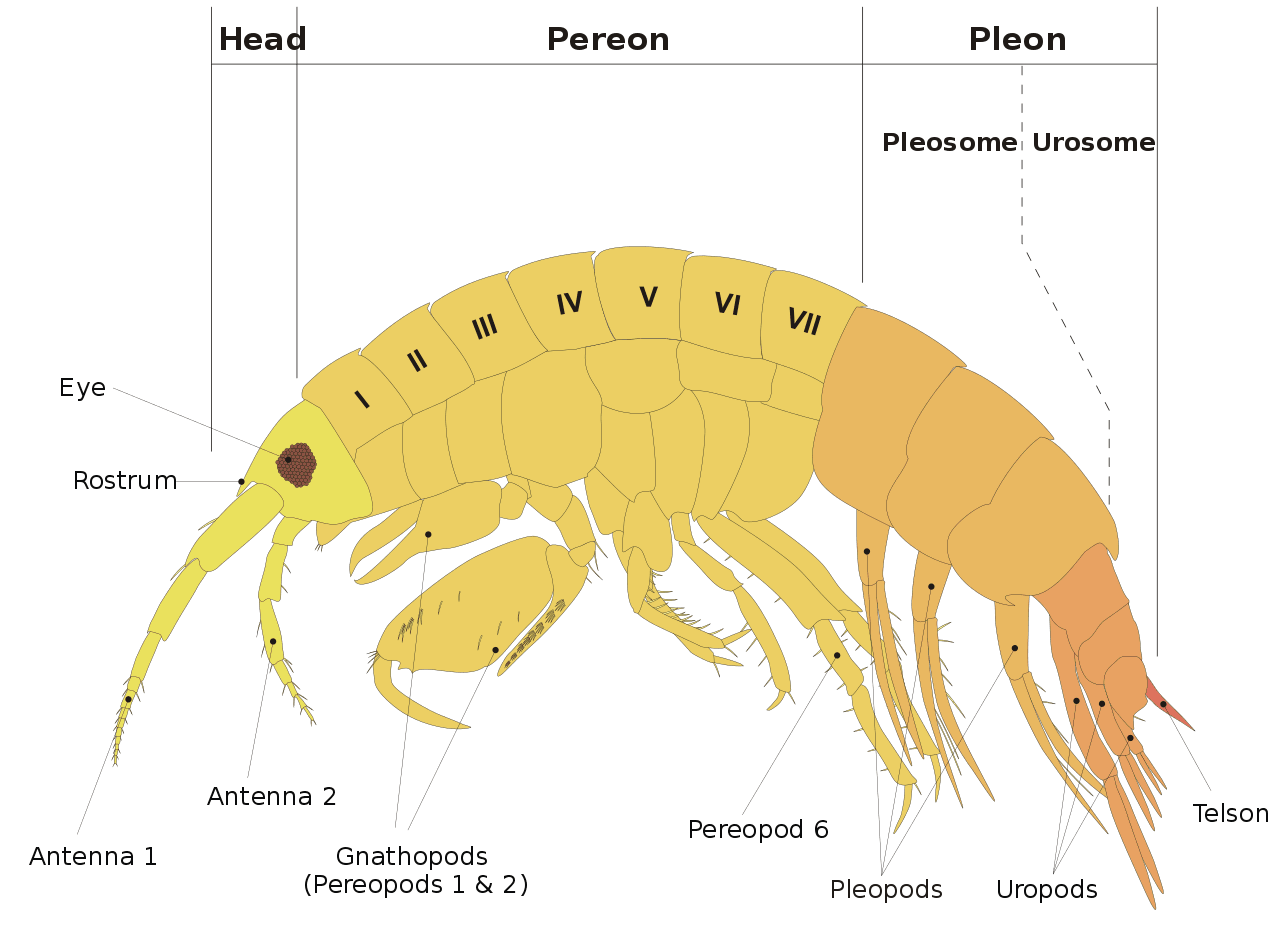A new study points to a fear of “killer shrimps” in native organisms. The study suggests that the fear of killer shrimps could cause organisms that live in river systems to stop performing their vital roles, which could threaten European rivers.
A group of researchers conducted a study about the invasive killer shrimps, publishing their findings in the journal Acta Oecologica. Invasive killer shrimps are also known as Dikerogammarus villosus, which have steadily replaced the resident Gammarus species during the last three decades.
These events caused a growing fear of killer shrimps which have had huge effects on the European river ecosystems. This predator eats a lot of species which is associated with major ecosystem changes with local extinctions continuing to grow.
This study shows the first example of the presence of a predator which reduced the normal vital role in its prey, an effect known as non-consumptive effect (NCE). Different species spend more energy trying to hide from the voracious predator while looking for a way to protect themselves, instead of performing other ecosystem tasks, such as splitting fallen leaf litter into smaller parts that can be consumed by other, tinier species.
Researchers took one of three different Gammarus species, which are often found in European rivers, placed them inside a tank, while also placing in one half of the tanks a sample of Dikerogammarus villosus which was placed inside a cage. Once they were exposed to the killer shrimps, even in the tanks, the Gammarus changed their behavior. Researchers measured their vital activities like shredding leaves, which is expected of them to do in the natural environment.
After four days, each Gammarus species was less efficient at shredding, despite the killer shrimp being caged, compared to the treatments where the fear of killer shrimps was absent.
“This study demonstrates an unappreciated and indirect impact of a biological invasion by a voracious predator. It shows that the mere presence of an invader can influence resident prey behaviour, in this case the feeding efficiency of naïve residents,” Dr. Calum who has spent more than 20 years studying the species in this study, said in a statement. “The Gammarus in our experiment had no prior exposure to its predatory rival, and would not have known to respond to specific alarm cues. However, none of our samples showed any evidence of habituation during the course of the experiment—in fact quite the opposite.”
“Our results indicate that the effect of NCEs on functionally important species may have ramifications, for example, impacting the recovery of stream communities following perturbation,” Professor Mark Briffa, Professor of Animal Behaviour at the University of Plymouth, whose research has previously included assessments of fighting within species such as hermit crabs and sea anemones, said. “A better understanding of the role of NCEs during biological invasions could enhance our ability to predict their progress and, in some cases, the wider ecosystem level ramifications.”





